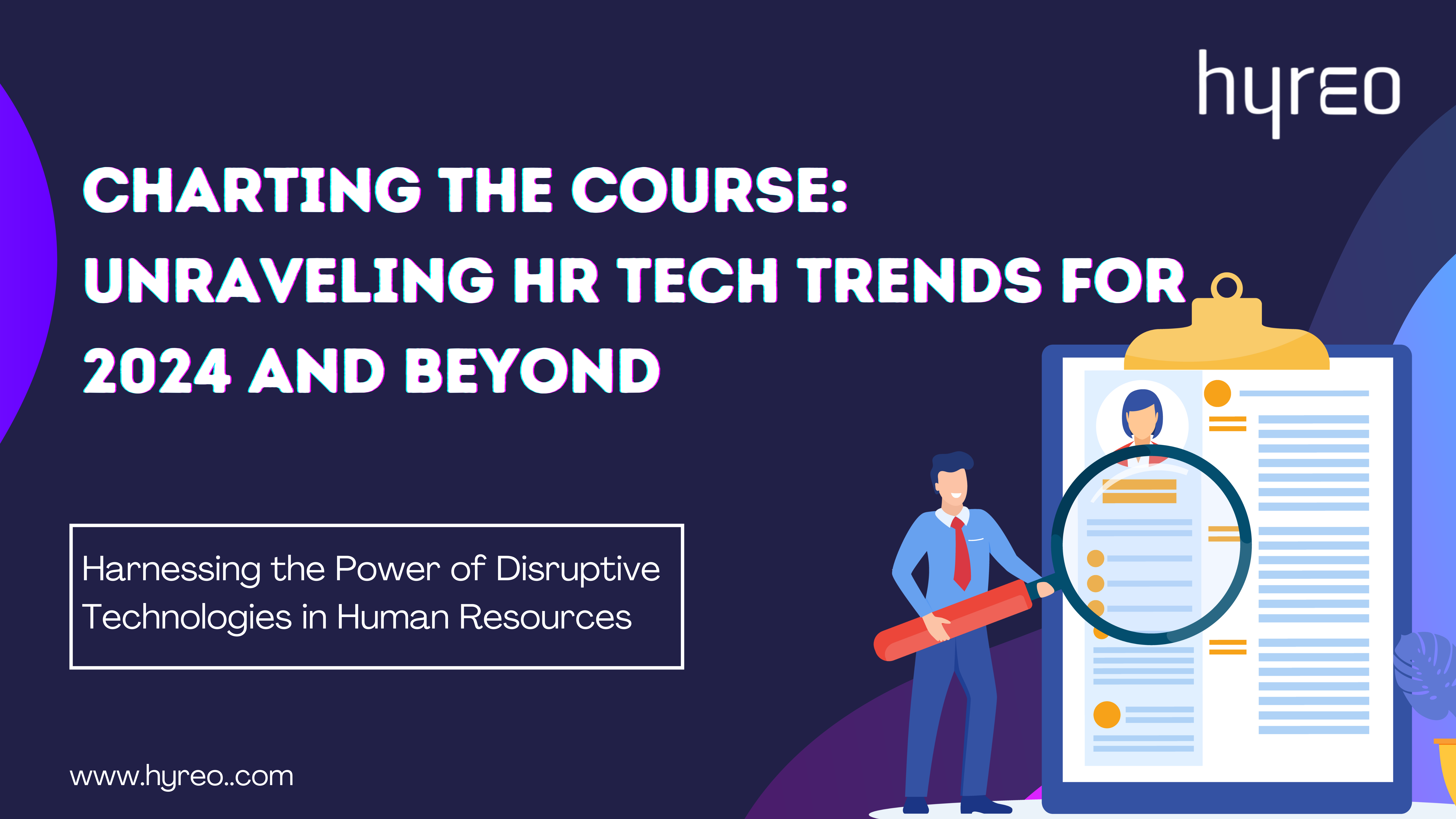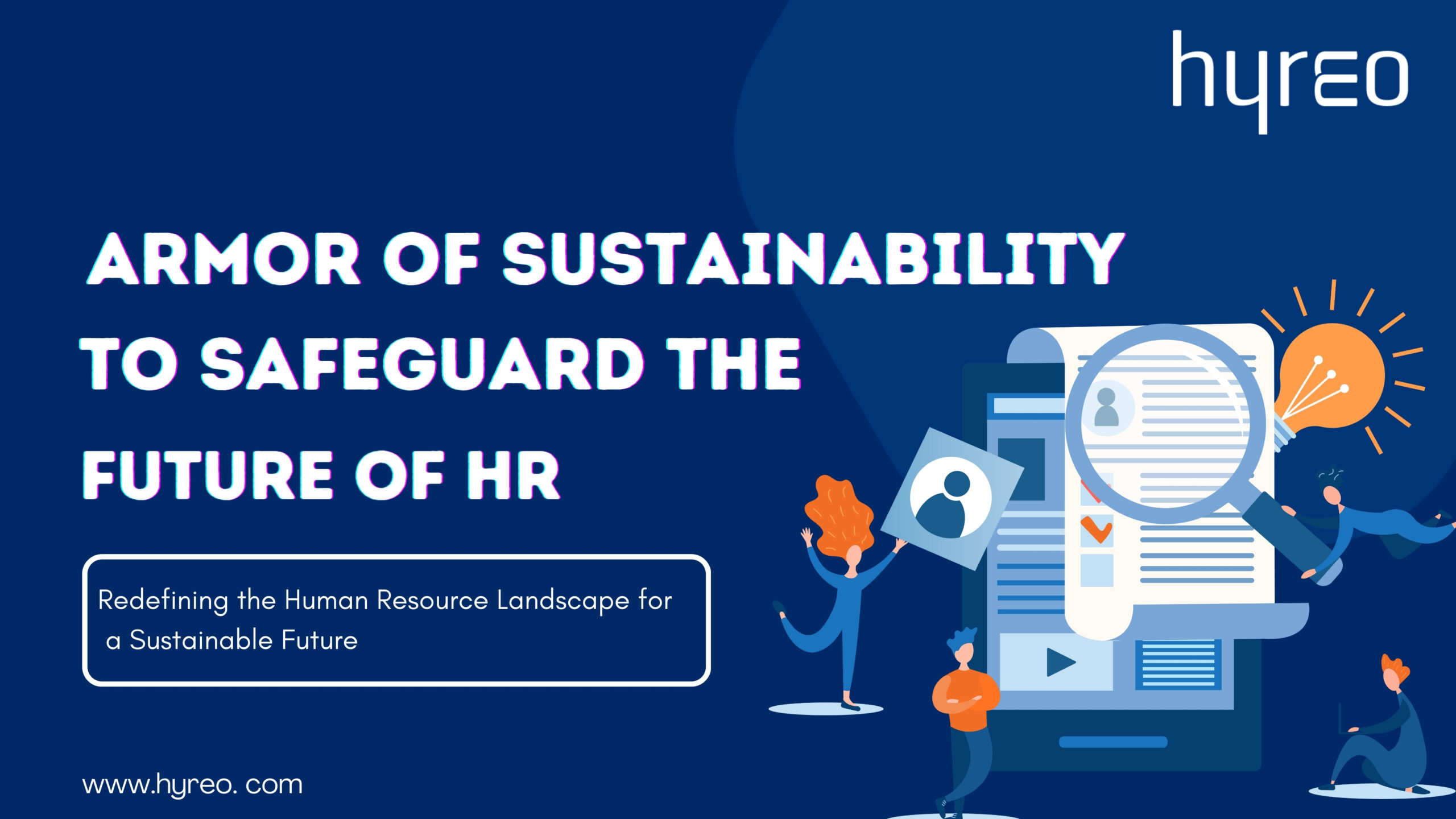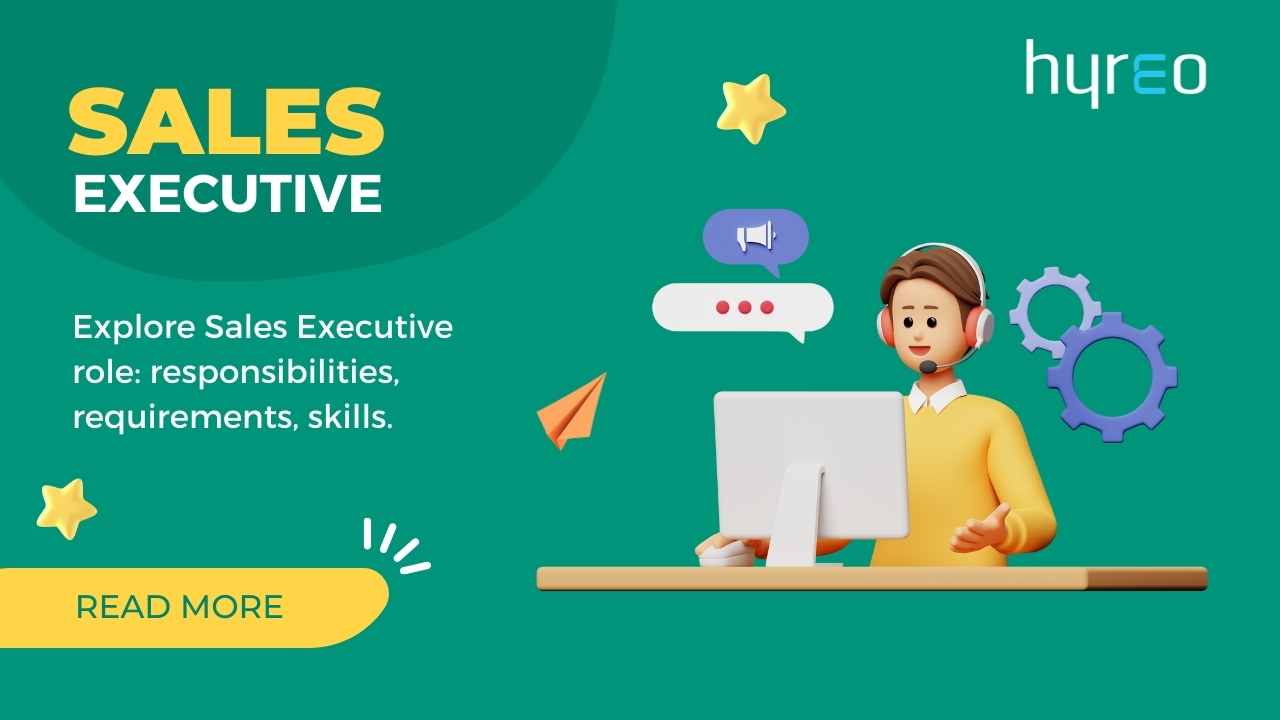Imagine you are at the stadium to watch your favorite team play. You crave a delicious sandwich– the perfect complement to a perfect game.
You venture towards the food court, and every vendor there is selling the ‘most delicious’ or ‘the best ever’ sandwich. Now if sandwiches were only bread and mixed vegetables, you wouldn’t be much bothered about who you give your money to.
But that’s not true, of course! Besides the bread and vegetables, which should be not only fresh but also hygienic, you also want a delicious aroma, some sauce which is just the right flavor, and some chips maybe.
Then consider the waiting time – you don’t want to miss the game! – and modes of payment available with the vendor. Yes, sandwiches are not just bread and vegetables.
An Employee Value Proposition is that perfect sandwich – salary and other perks – to go with that perfect game – your job.
What is Employee Value Proposition?
An Employee Value Proposition (EVP) follows from psychologist Frederick Herzberg’s Two-factor Theory.
It states that while certain factors are enough to attract employees, other factors help motivate and retain them. Herzberg named these Hygiene factors and Motivating factors.
While a high salary might attract talent, it’s not enough to keep them for long.
Employees have other expectations too. Similarly, an organization expects that an employee, besides being diligent at their assigned work, would give the organization that extra edge in the competitive business world.
An EVP is this mutual give-and-take between an employee and the organization.
Every employee is expected to contribute their unique skills to the organization’s growth. And the organization is expected to provide certain benefits, besides salary, to the employee in return for their skills. This quid pro quo is the essence of an EVP.
An EVP helps build an organization’s ‘Employer Brand’ by keeping employees happy and motivated. A proud employee is your best publicist.
Further in the article, we have covered the different components of an EVP.
Why is EVP crucial?
The straightforward way of explaining this is that if you are in business, you already have an EVP! No other factor is necessary.
Your organization already has an EVP, even if you have not created one!
Every touch point where prospective candidates come into contact with your organization tells something about your organization. How you treat and retain your employees, talks about your organizational culture. How former employees remember your organization is a very important part of your story.
All of these become your EVP by default!
Hence, it is only prudent to devote some time and effort to deliberately design an EVP, which will let your organization portray itself as it wants to be seen and remembered.
A strong EVP, in conjunction with other facets of your business, will not only retain talent but also entice other ambitious achievers toward your organization.
How to Create an Employee Value Proposition?
Having understood the meaning and importance of an EVP, it’s now time to get down to the brass tacks. Let’s discuss the stages of creating an EVP.
#1 Understand candidate / Employee perception about your organization
Former, current, and prospective employees are excellent and reliable sources to understand what image your organization is portraying out in the market and in the industry. How candidates, and customers, perceive your organization will decide whether you are able to attract and retain top performers.
Gather information from surveys, interviews with current employees, exit interviews, and the like.
Current employees can tell you why they chose your organization, why they continue to work there, and what are the avenues for improvement. Company-wide surveys and one-on-one interviews may be the best method to adopt here. Remember to ensure anonymity wherever necessary. This will improve the response rate and ensure mostly honest responses.
Some questions for current employees could be as follows:
- What aspects of the organization attracted you to apply? As an employee now, were your original expectations met?
- What benefits and perks offered by the organization are you most happy about?
- What intangible perks keep you motivated to stay with the organization?
- As an employee of the organization, what do you value the most about working here?
Former employees can provide information similar to what current employees can tell you. But responses from former employees can also tell you something much more valuable: why they left the organization.
Further, a comparative study of the responses of former employees and current ones can paint a graph of the changes, growth, and development that the organization has gone through over the years.
Some questions for former employees could be as follows:
- What aspects of the organization had attracted you to apply in the first place? As an employee, were your original expectations met?
- What made you leave the organization?
- Would you recommend others to consider this organization as their prospective employer? Why?
Prospective candidates/employees can be considered a representative of the industry and the current and probable markets of the company. This cohort provides valuable information about how the job market perceives your organization. Their responses provide answers to questions like ‘What aspects of your ‘Employer Brand’ attract them to consider you as a prospective employer?’ and ‘How does the market perceive the products/services provided by your organization?’, among others.
Responses can be solicited as a part of the hiring process, without hampering the same.
Some questions for prospective employees could be as follows:
- Would you consider this organization as your prospective employer? Please explain your reasons.
- What factors would enable/strengthen your decision to apply to an organization (salary, mediclaim, work from home, etc.)?
#2 Review and Analysis
In the previous stage, you collected valuable data. Now it’s time to convert that data into information by diligent review and analysis. Analyze the responses quantitatively as well as qualitatively.
Quantitative analysis will tell you which benefits and perks are favored by most respondents, how do most respondents perceive your organization, etc. Pay attention to whether there is a stark difference in responses of the different groups of employees mentioned above.
The qualitative analysis provides insight into why certain benefits and perks score over others. It helps the organization understand the real appeal of these factors beyond the obvious.
For instance, an employee may prefer a job with travel opportunities not because they want to travel at company cost, but because they are genuinely interested in experiencing various cultures and meeting people.
#3 Initial EVP Draft
The insights gleaned from the previous steps will help you draft your EVP. Do not worry about creating the ‘perfect’ EVP. There is no such thing. Your organization, as also the external environment, will keep changing with time. Accordingly, your EVP will need to keep iterating over time to offer maximum value to your employees. Trial & Error, and experimentation are the way to go.
#4 Testing
It’s time to test the waters now. Your current employees and candidates can provide the best feedback on the efficacy of your EVP.
Share your initial EVP draft with your current employees and ask them to respond as:
- A candidate – Does this EVP stimulate their interest enough to consider a long-term opportunity with your organization?
- A current employee – Is this EVP in sync with what the organization is actually providing to its employees?
Also, test your EVP with actual candidates by reaching out to them through various recruitment channels.
As mentioned above, your EVP is dynamic. The feedback from the Testing stage will be instrumental in fine-tuning it, and keeping it always relevant.
Key Components of an EVP
Your EVP must attract and retain top talent. While a ‘high’ salary is an important hygiene factor, it has limited effectiveness as a motivating factor. Further, it acts as the ‘make-or-break’ factor only up to a certain level in the organizational hierarchy. Beyond that, employees – prospective and current – begin asking ‘what else?’
The following are the key elements considered while designing an EVP.
#1 Compensation
The compensation component of an Employee Value Proposition (EVP) outlines the total rewards employees receive for their work, including salaries, bonuses, and benefits. A well-designed compensation package can attract and retain top talent, improve job satisfaction and employee engagement, and create a positive employer brand.
A strong compensation component within an EVP should align with the organization’s overall values and business goals.
- Stock options, bonuses, etc.
- Rewards and Recognitions
#2 Benefits
The benefits component of an Employee Value Proposition (EVP) highlights the non-monetary rewards that employees receive, such as health insurance, retirement plans, and vacation time.
A comprehensive benefits package can improve employee morale, promote work-life balance, and increase employee retention. A strong benefits component within an EVP should be tailored to the dynamic and fast evolving needs of the workforce.
- Medical insurance for the employee and their family, retirement funds
- Holistic wellness programs for employees and their families
- Ample paid leave, maternity/paternity leave, company-sponsored vacation
- Creche and other facilities for a new mother
- Company provided snacks, lunch, etc.
#3 Career Growth
The career progression component of an Employee Value Proposition (EVP) outlines the opportunities for professional development, training, and career growth that the organization offers its employees.
A well-designed career progression plan can improve employee retention, enhance job satisfaction, and attract top talent.
A strong career progression component within an EVP should provide clear pathways for employee advancement, with a clear goal of providing meaningful roles for all the talent, based on their skills and competencies.
- The clear and visible career growth trajectory
- Opportunity to work with top clients who are the torch-bearers of their industry
- Motivating and challenging assignments
- Mentorship programs, training for higher management roles
- Company-sponsored courses, skill development programs
- Travel opportunities with international assignments
#4 Work Culture
The work culture of an organization is determined by the physical and social aspects of the workplace, including the office layout, technology, company values, and behaviors.
A positive and inclusive workplace culture can improve employee engagement, promote collaboration, and increase job satisfaction.
A strong work environment component within an EVP should create a supportive and collaborative atmosphere for employees, driven by the business strategy and be reflected in their day-to-day experiences.
- Open-door culture at the workplace
- Flexible working hours with possibility of work-from-home
- Frequent team-building and fellowship programs
- Empathetic and supportive managers
- The organization’s Mission and Vision statements, and their manifestation in the organization’s daily activities
Wrap Up
Reliably communicating your carefully drafted EVP is of utmost importance. Use all available channels of communication and promotion. Your EVP should be effective enough to stir even the passive candidates into taking note of your organization. Experiment with different templates to find your best match.
Be careful, however, to ensure your EVP is based on facts. You do not want your employees, current or former, to feel that your words and your actions do not match. Integrate your EVP into your routine activities in such a way that it becomes a ‘matter of fact’.
FAQs on Employee Value Proposition













